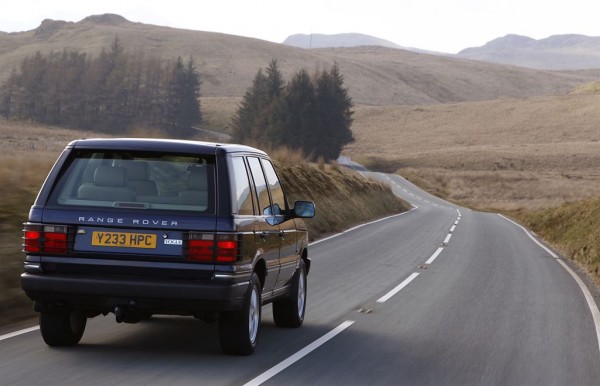1994 Marks Introduction of Range Rover Mark II/P38A
Since its introduction in 1970, the classic Range Rover had gained popularity across a wide variety of demographics and slowly moved up-market from the original concept. By the early 1990s it was felt that the Range Rover should be positioned further up-market, positioning it among buyers of luxury cars such as Jaguar and Mercedes. The planners also knew this had to be performed without any loss of the Range Rover’s best-in-class off-road capabilities. Hence, the P38 development project was started to completely redesign the Range Rover.
The new Range Rover was launched in 1994, with sales of the ‘classic’ Range Rover continuing in parallel until 1996. Although the new Range Rover (code name P38A) kept few parts from the older version, mechanically they were quite similar. The steel box section chassis was retained, but made stronger and heavier. The 108-inch wheel-base from the County LWB was kept. Aluminum body panels were still used for the front bumpers, doors, and tailgate. Recognizing the importance of a strong engine, the Rover V8 was engineered with more power, durability, and a 4 coil distributor-less ignition.
Available as an option was a 2.5-liter BMW turbo-diesel inline-6. This was the first diesel injection with electronic controls in a Land Rover, before common rails were introduced.
The P38A was the last model to feature the Rover V8 and interior leather supplied by Connolly.
The adjustable air suspension used on the County LWB Ranger Rover was kept for the P38A. This allowed for a variation of over 5 inches in ride height, compared to typical copied designs of 1 inch (e.g. the Ford Expedition).
A standard Land Rover feature is front and rear beam axles. This was considered vital for the Range Rover and gave it serious off-road capabilities. The axles were redesigned to increase strength and reduce unsprung weight. They also had improved steering and ground clearance ranges.
Production of the Range Rover P38A ended with the 2002 model year with a mid-cycle refresh in 1999.
MARK II/P38 CHRONOLOGY
1994: The all-new P38 model introduced in September in the UK.
1995: New 4.0 SE model goes on sale in USA.
1996: 4.6 HSE introduced to US with larger engine, 18 inch wheels and 255/55R18 tires.
1997: Shock valving recalibrated to softer setting (mid year).
1998: 300 watt, 12 speaker stereo replaces earlier 11 speaker setup. A limited edition 50th Anniversary 4.0SE model has18 inch wheels with a special color and trim details.
1999: Engines receive new intake manifold and Bosch engine controls for more low and midrange torque. Electronic Traction Control extended to all four wheels; larger subwoofer installed. Callaway 4.6 HSE limited edition appears with 240 hp engine and body color bumpers. The engine has a modified Lucas EFI system instead of the Bosch system on regular models.
2000: Addition of air injection reactor (smog pump) on the engine, further complicating repair work. “Round effect headlights” introduced. Several new model designations, each with minor cosmetic trim variations.
2001: 4.6 model only, in SE and HSE trim. HSE recognizable externally by rub strip with chrome insert, and standard 18 inch wheels. Interior HSE trim differences: GPS system standard, 460 watt stereo, extra wood trim, optional lightstone leather, optional wood and leather steering wheel.
2002: Very few Range Rovers sold during first 6 months as customers wait for new model
Catch up with our series of posts about the Range Rover:
| EVOLUTION OF THE RANGE ROVER | |||
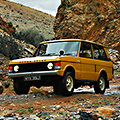 |
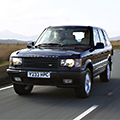 |
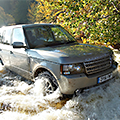 |
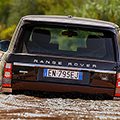 |
|---|---|---|---|
| Evolution of the Range Rover, Part 1 | Evolution of the Range Rover, Part 2 | Evolution of the Range Rover, Part 3 | Evolution of the Range Rover, part 4 |
See Range Rover Cars and Trucks for sale on eBay.


